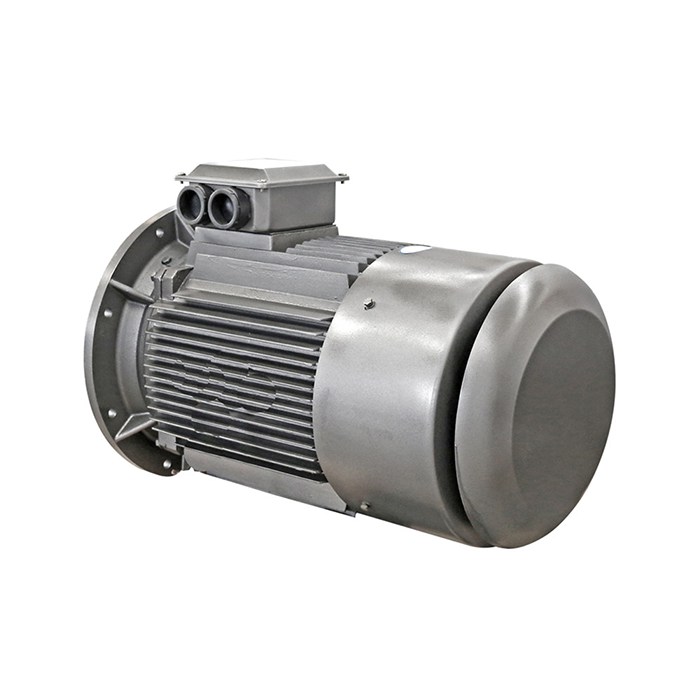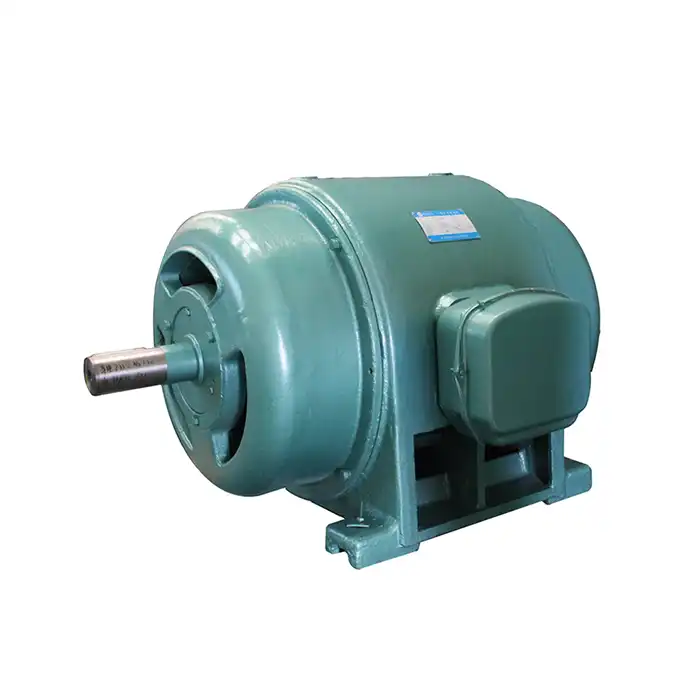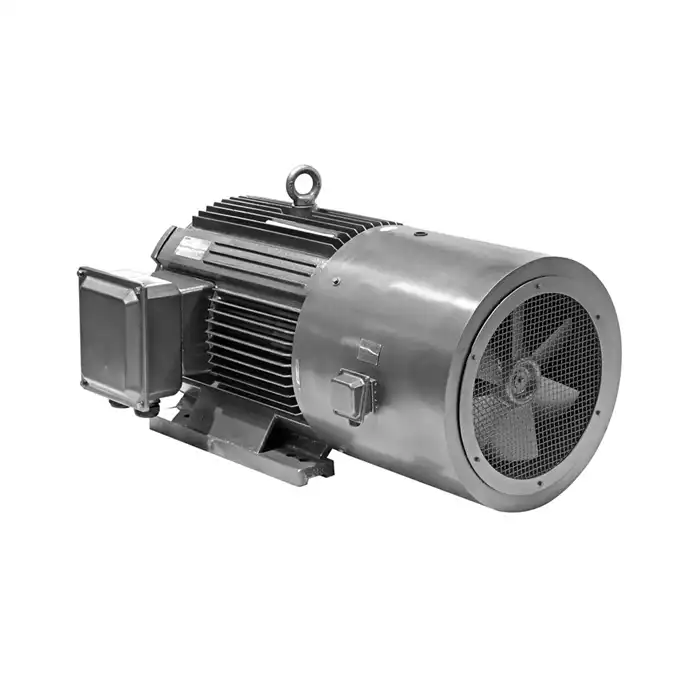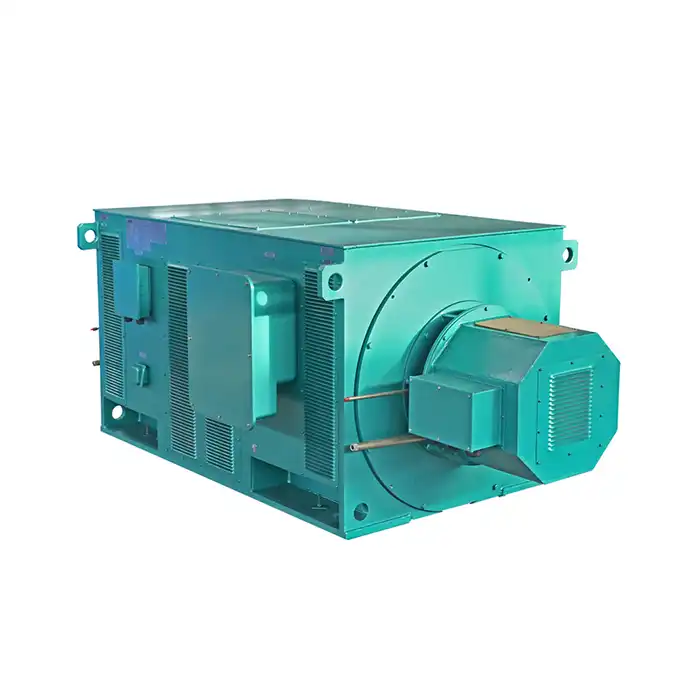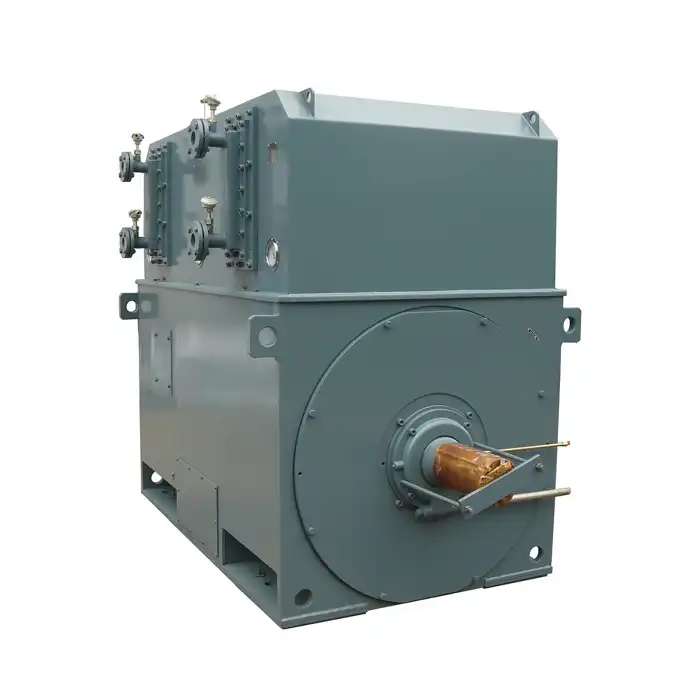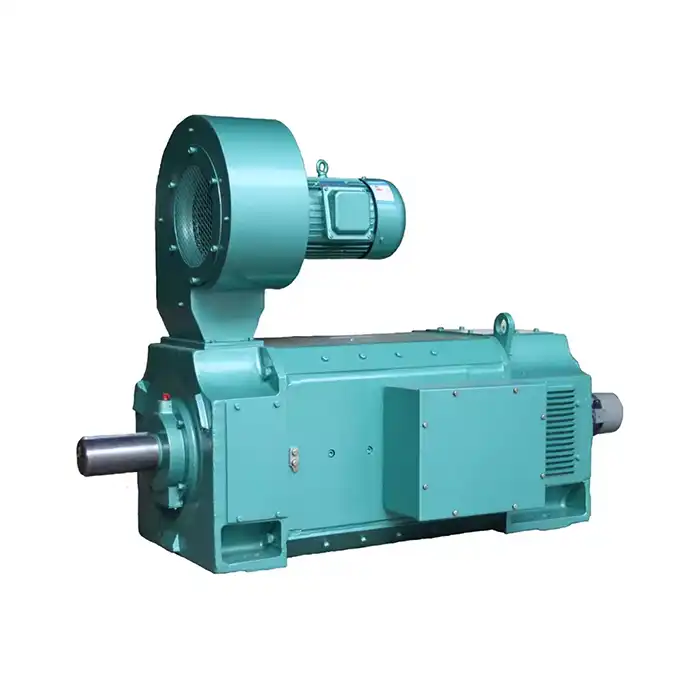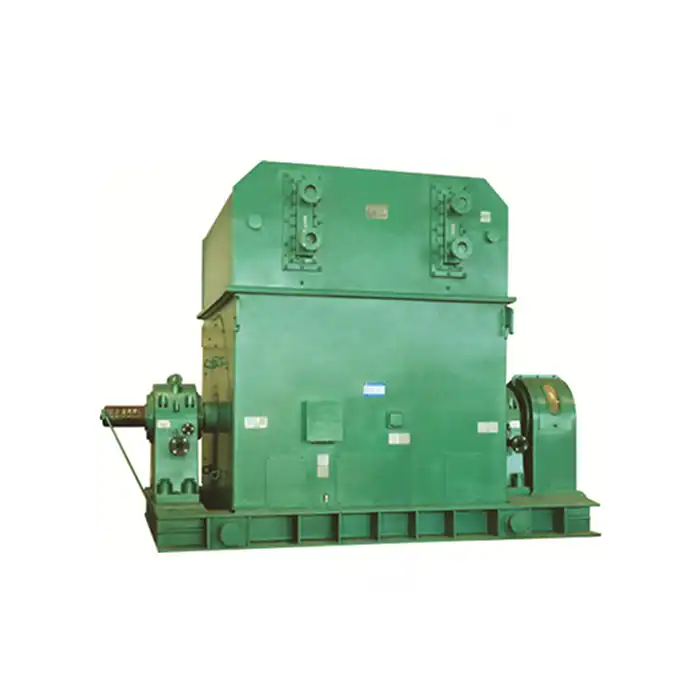What Are the Essential Elements of an Electrical Frequency Converter?
In many commercial and industrial applications, an electrical frequency converter is an essential part that allows for precise control of motor speeds and acts as a bridge between various electrical systems. Anyone working in electrical engineering, industrial automation, or power systems management has to understand the essential components that go into these devices. In this thorough guide, we'll look at the essential parts of an electrical frequency converter and how they cooperate to deliver dependable and effective power conversion.
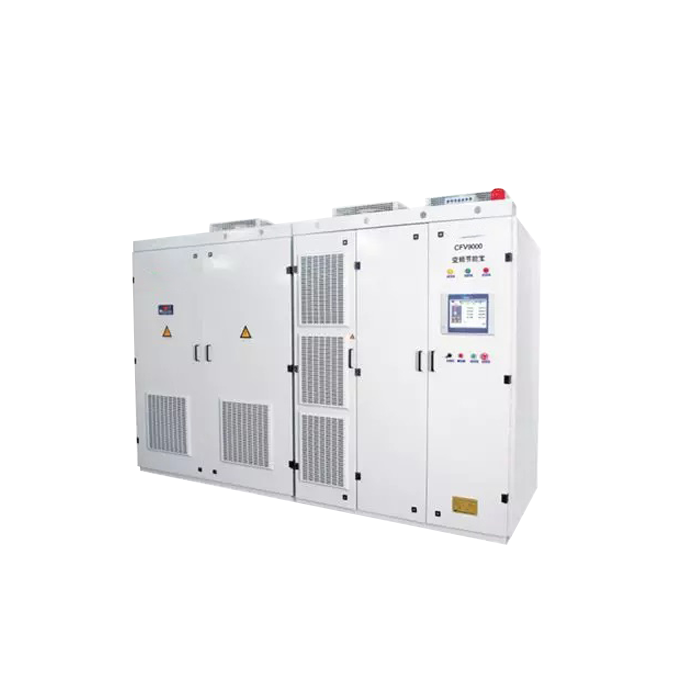
Adaptable motor power range :200-12000 kW
Application:can be used to drive fans, water pumps, textiles, papermaking, wire drawing, machine tools, packaging, food and various automated production equipment.
Advantage:air cooling, inverter control panel, built-in power transformer.
Power Electronics: The Heart of Frequency Conversion
At the core of every electrical frequency converter lies a sophisticated array of power electronic components. These elements are responsible for the actual conversion process, transforming input power into the desired output frequency and voltage.
Rectifier Stage: Converting AC to DC
The first stage in the power electronics section is the rectifier. This component takes the incoming alternating current (AC) and converts it to direct current (DC). Typically, a full-bridge rectifier is employed, utilising diodes or thyristors to achieve this conversion. The rectifier's efficiency and performance are critical, as they directly impact the overall effectiveness of the frequency converter.
DC Link: Smoothing and Storing Energy
Following the rectifier, the DC link serves as an intermediate stage. It consists of capacitors and sometimes inductors that smooth out the rectified DC voltage, reducing ripple and providing a stable DC bus. This stage also acts as an energy buffer, helping to maintain consistent power flow throughout the conversion process.
Inverter Stage: Generating Variable Frequency AC
The inverter is where the magic happens in an electrical frequency converter. Using advanced switching techniques, typically involving Insulated Gate Bipolar Transistors (IGBTs), the inverter transforms the DC power back into AC at the desired frequency. By controlling the switching patterns, the inverter can produce a wide range of output frequencies, typically from 0 to 400 Hz or even higher in specialised applications.
Control Systems: Ensuring Precision and Stability
While power electronics handle the actual conversion, the control system is the brains of the operation. It's responsible for managing the entire conversion process, ensuring accuracy, stability, and responsiveness.
Microprocessor and Digital Signal Processors
Modern electrical frequency converters rely on powerful microprocessors and digital signal processors (DSPs) to handle complex calculations and control algorithms. These processors monitor input and output parameters in real time, making rapid adjustments to maintain optimal performance. They also interface with external systems, allowing for integration into broader automation and control networks.
Feedback Mechanisms
To maintain precise control, frequency converters incorporate various feedback mechanisms. These may include current sensors, voltage sensors, and in some cases, speed or position sensors connected to the driven motor. By constantly monitoring these parameters, the control system can make instantaneous adjustments to ensure the output matches the desired specifications.
Control Algorithms
The heart of the control system lies in its algorithms. These mathematical models dictate how the converter responds to changes in load, input voltage fluctuations, and user commands. Common control methods include:
- Volts/Hertz (V/F) control: A simple and robust method suitable for basic applications
- Sensorless Vector Control: Provides improved performance without the need for additional sensors
- Field-Orientated Control (FOC): Offers the highest level of precision and dynamic response
Protection Mechanisms: Safeguarding Equipment and Users
Given the high power levels involved, protection is a critical aspect of electrical frequency converter design. Various mechanisms are incorporated to prevent damage to the converter itself and the connected equipment and to ensure user safety.
Overcurrent and Short Circuit Protection
Robust overcurrent detection circuits and fast-acting semiconductor fuses are employed to protect against excessive currents and short circuits. These systems can react in milliseconds, preventing damage to sensitive components.
Thermal Management
Efficient heat dissipation is crucial for the longevity and reliability of an electrical frequency converter. Advanced thermal management systems, including heat sinks, fans, and in some cases, liquid cooling, are integrated to maintain safe operating temperatures. Temperature sensors throughout the device monitor critical points, triggering protective actions if thermal limits are approached.
EMI/RFI Suppression
The high-frequency switching in frequency converters can generate electromagnetic interference (EMI) and radio frequency interference (RFI). To comply with regulatory standards and prevent interference with other equipment, converters incorporate various suppression techniques, including shielding, filtering, and careful PCB layout design.
Input and Output Filtering
Filters on both the input and output sides of the converter serve multiple purposes. Input filters help reduce harmonics fed back into the power supply, improving power quality. Output filters smooth the waveform delivered to the motor, reducing stress on motor windings and minimising electromagnetic noise.
Conclusion
In summary, an electrical frequency converter is a complicated machine that depends on the smooth operation of advanced control systems, strong protective mechanisms, and power electronics. Selecting, using, and maintaining these crucial devices in commercial and industrial applications requires an understanding of these fundamental components.
For your energy, transportation, HVAC, or industrial automation applications, are you searching for dependable and effective electrical frequency converters? The speciality of Shaanxi Qihe Xicheng Electromechanical Equipment Co., Ltd. is offering premium power equipment solutions customised to meet your unique requirements. Our team of professionals is dedicated to providing power equipment with consistent performance, low consumption, and great energy efficiency. We take great satisfaction in offering thorough pre- and post-purchase support, making sure you always have the technical help you require. To learn more about our electrical frequency converters and how they can optimize your operations, don't hesitate to reach out to us at xcmotors@163.com. Let's power up your business together!
References
1. Johnson, M. (2022). Fundamentals of Electrical Frequency Converters in Industrial Applications. IEEE Power Electronics Journal, 15(3), 78-92.
2. Smith, A., & Brown, J. (2021). Advanced Control Strategies for Electrical Frequency Converters. International Journal of Power Systems, 8(2), 145-160.
3. Lee, S. (2023). Thermal Management Techniques in High-Power Frequency Converters. Journal of Industrial Electronics, 12(4), 210-225.
4. Wilson, R. (2022). EMI/RFI Mitigation in Modern Electrical Frequency Converters. IEEE Transactions on Electromagnetic Compatibility, 64(1), 55-70.
5. Garcia, C., & Martinez, L. (2023). Protection Mechanisms in Industrial Frequency Converters: A Comprehensive Review. Power Electronics and Drives, 9(3), 180-195.
6. Thompson, E. (2021). The Role of Power Electronics in Electrical Frequency Conversion: Current Trends and Future Prospects. Annual Review of Electrical Engineering, 25, 301-320.



